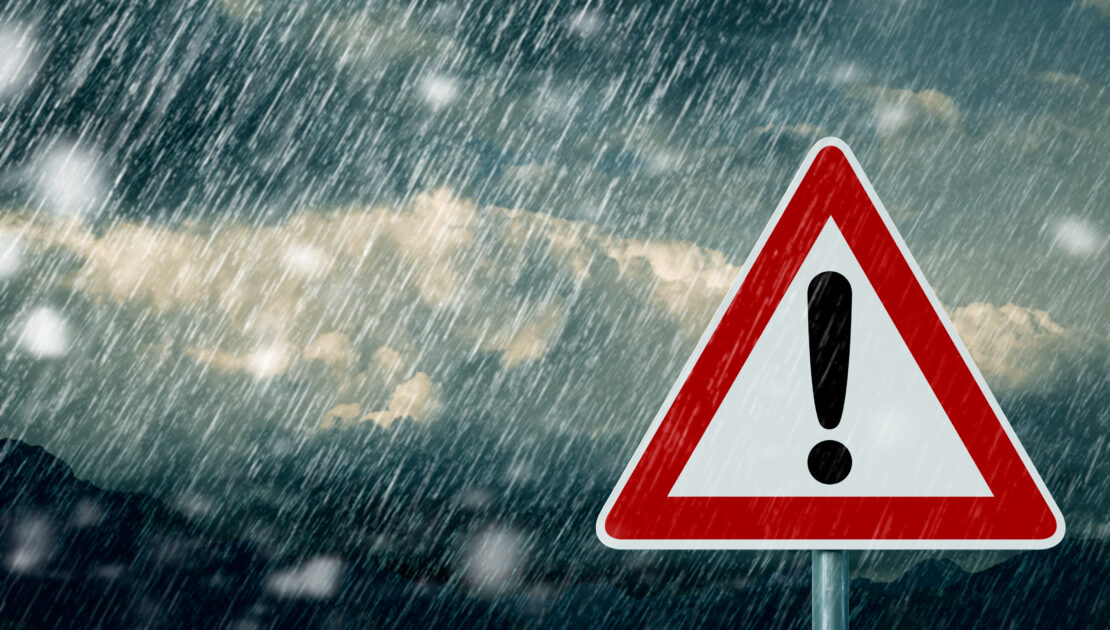Navigating the Unpredictable: Key Trends in Catastrophe Claims

Catastrophe (CAT) seasons are increasingly complex to navigate, especially with the surge of non-stop rain and freeze events outside these pivotal periods. What was once a predominately hurricane-focused season has now diversified into more regular, regional weather-related perils, such as windstorms, massive snowfalls and freezing conditions.
From the floods in New Zealand this year to the winter storms in Texas, the type and scope of incidents we manage globally are challenging the historical focus on the North Atlantic hurricane season. In the United States, we typically mark the CAT season from June 1 to November 1, often preparing for hurricane events. However, the last five years have seen a significant shift in this pattern, with an influx of wind claims, flood losses and extraordinary snowfall over the year.
Freeze insurance claims, which became more common towards the end of 2022, have become part of this new equation. Take the example of the Texas winter freeze event in 2021. This impacted hundreds of thousands of properties and led to countless claims. The insurance industry was still dealing with the fallout of this when Hurricane Ian hit. For many adjusters, it was a busy year.
Furthermore, regions that were once considered smaller and less susceptible to extreme weather are now facing the brunt of climate change with unprecedented snowfalls and flooding. The impact of rising sea levels and unpredictable weather patterns is disrupting the underwriting world and challenging the reliability of traditional prediction models.
The redefined catastrophe season is now an all-year-round reality. Consequently, loss adjusters have had to increase their CAT adjusting teams and extend their services to include building consultants, cause & origin engineers and environmental-damage assessment professionals to meet the evolving demands of the market. Those firms with a global presence and diversified offers are best able to respond.
The evolving role of loss adjusting
In addition to changing the nature of CAT work, this new normal has impacted how many adjusters, particularly younger ones, approach their careers. It is increasingly common for younger adjusters to traverse the globe, responding to the latest CAT claim. For instance, these adjusters may spend three months in New Zealand, followed by a stint in Saudi Arabia. This more global approach offers a unique experience in terms of skills development. It also contrasts with the more traditional style of work, where adjusting teams primarily engage in standard claims and occasionally respond to a natural catastrophe.
Embracing technology is another significant shift in the sector. Innovative technology allows us to quantify losses more accurately where site access is problematic. By broadening the claims services we offer clients to include engineering and forensic architectural services, we can also access technology and modeling tools that would not traditionally sit within a loss-adjusting business.
For instance, our sister company Halliwell offers tropical storm and hurricane path projections and landfall forecasting, as well as post-landfall wind speed and storm surge data results. This information is helpful to the policyholder and insurers for storm preparation purposes and post-loss damage analysis by peril. By distinguishing between wind and surge losses, we can help clients understand their coverage better, reducing disputes and improving claim resolution times.
Indeed, in the face of a hardening insurance market and rising deductibles, the role of technology in loss adjusting will only become more vital, especially in CAT claims. As climate change fuels extreme weather events, we must continue to innovate, adapt, and prepare, ensuring we meet the challenges ahead with resilience and expertise.
A data-led approach
Alongside the role of technology, collecting, analyzing, and modeling data is becoming an increasing focus for loss-adjusting professionals. However, while modeling tools continue to improve, the nature of extreme weather means it remains unpredictable.
For instance, spaghetti models help predict storm tracks, though their varied outcomes often fail to provide definitive insight. Take Florida during Hurricane Ian as an example. The state avoided the full impact of a category four hurricane thanks to improved building codes and a focus on flood resistance. However, the story would have been very different if the storm had kept its original track and hit Tampa Bay. This lack of predictability, compounded with the logistical challenges in mobilizing resources from overseas, creates an environment rife with uncertainty.
Post-disaster recovery also benefits from data-led insights. After Hurricane Ian, there was inevitably talk of amending building codes. At the same time, we have seen rates hardening and policies tightening — an expected response to the growing frequency of such events.
Underwriting, too, is evolving to keep pace with the new normal. In the wake of significant weather events, like the Texas freeze, there is a renewed emphasis on more accurate reporting of values. Take a hotel chain with hundreds of locations, for instance. In the past, we may have seen one policy to cover 100 different locations and buildings. Now, such policies more accurately reflect each property’s value.
The industry is increasingly applying location-specific deductibles, reflecting the risk associated with each property. This rigorous underwriting approach addresses the increasing frequency of smaller yet numerous losses. It aims to ensure businesses accurately report their assets and, by extension, pay a premium that accurately reflects the risk associated with insuring them.
As we can see, the new normal in natural catastrophes is rapidly changing the nature of CAT claims and the key trends impacting the loss-adjusting industry. With little sign of concerted global action to tackle climate change, we expect to see such trends intensify in the coming years. Adjusting firms must offer a broad range of expertise globally to help insurers respond to CAT claims and meet the demands of these new trends as the redefined catastrophe season is now an all-year-round reality.
Article Published By: PropertyCasualty360.com
Article Written By: Mike Beach, senior vice president at McLarens and director of the North American catastrophe team
